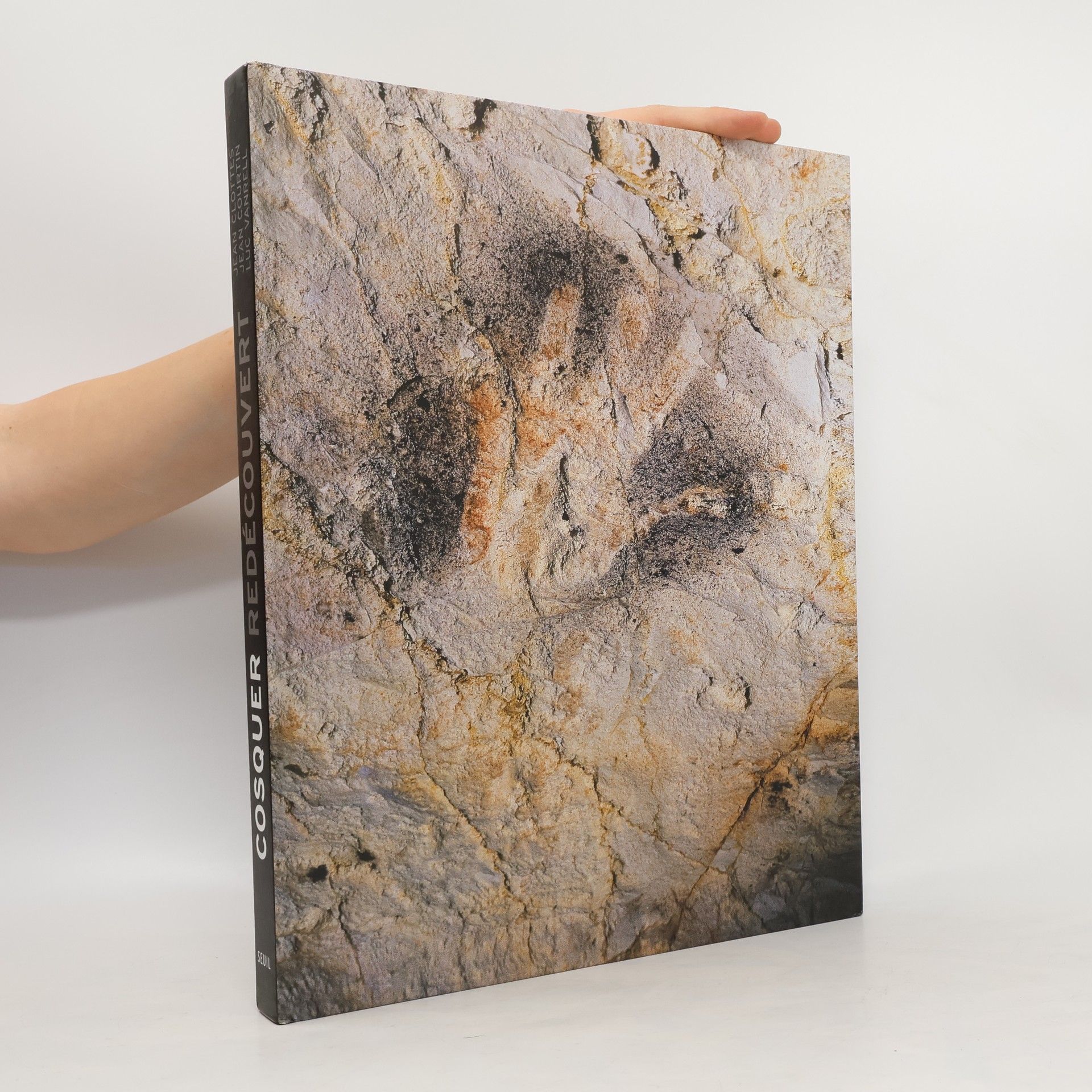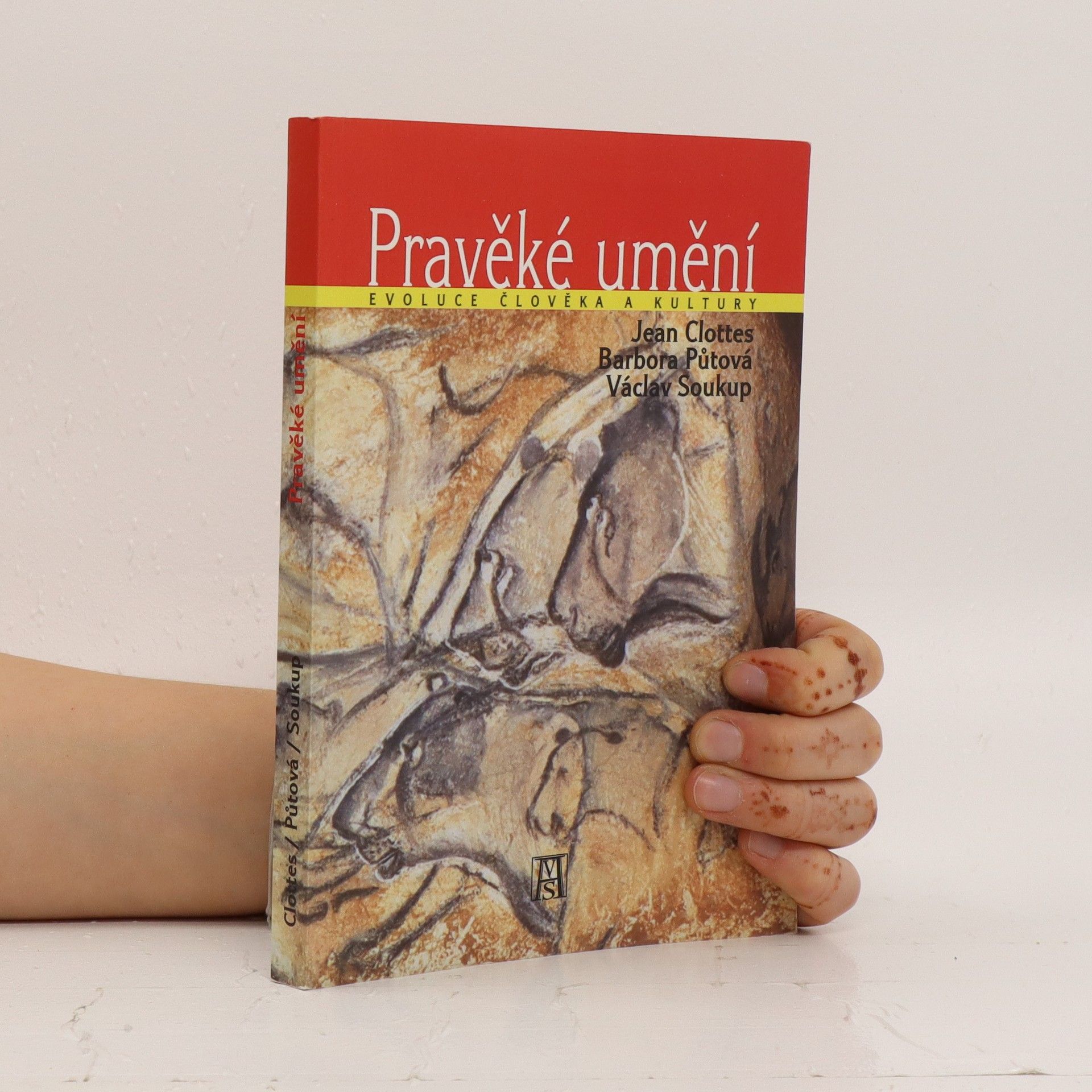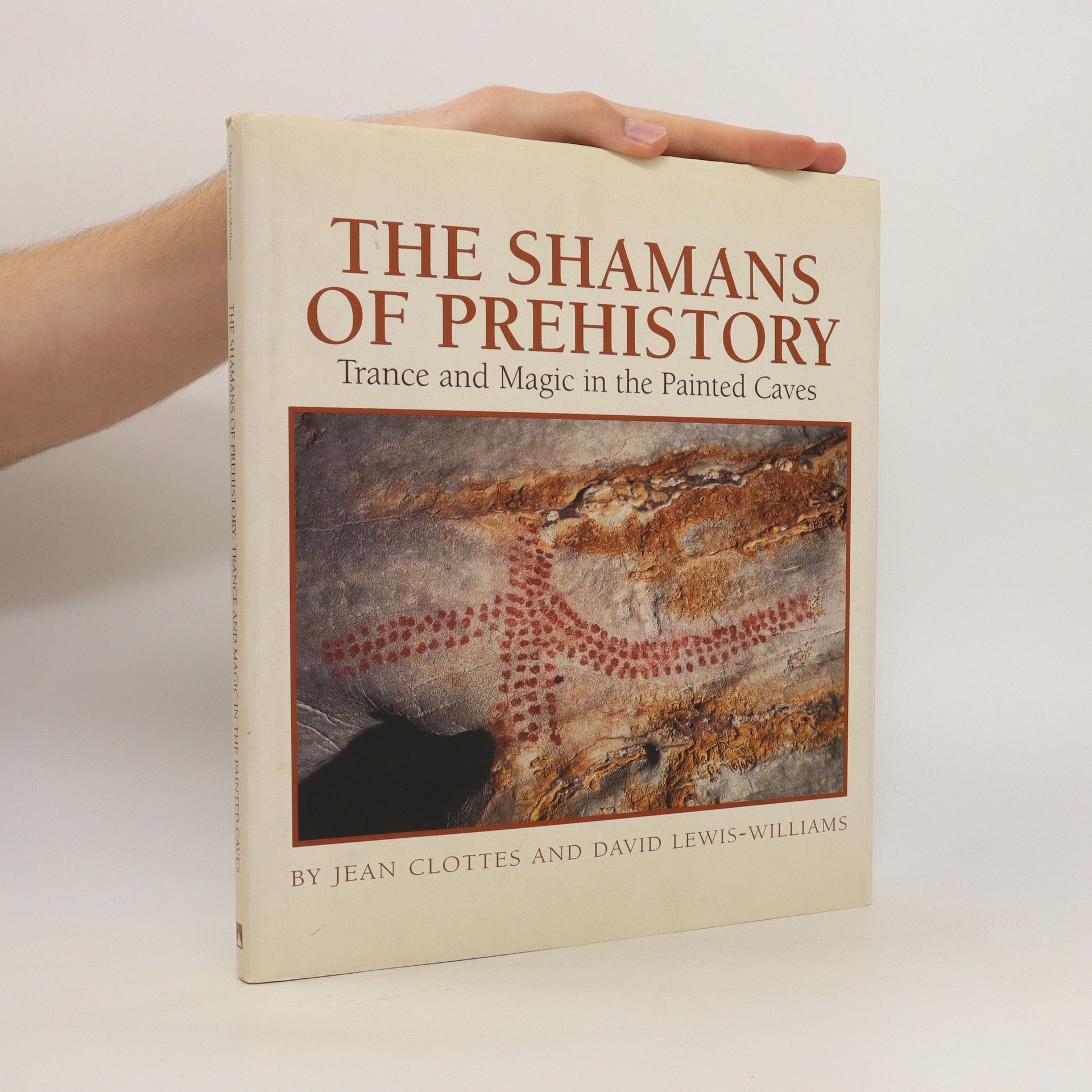The universality of shamanistic power and practice among today's hunter-gatherers - along with the similarity of rock art found in varied sites around the world - has led Jean Clottes and David Lewis-Williams to suggest in this new book that the great art of paleolithic caves can be best understood through the lens of shamanism. Indeed, this is not a monograph on a particular site, but a general discussion of the art of painted caves and their shamanistic meaning. Through the authors' revealing words and the abundant full-color illustrations, we follow shamans into their trance states, and we watch as they carefully paint and engrave on rock surfaces the shapes of animals whose power they seek. As we learn how drawings and rituals were likely modes of shamanistic contact, we understand best the actions, accomplishments, and traces left behind by prehistoric shamans
Jean Clottes Boeken





World Rock Art
- 144bladzijden
- 6 uur lezen
An illustrated study of rock art, perhaps the oldest form of artistic endeavour. An introductory chapter discusses the discovery of rock art and the importance of landscape and ritual. Subsequent chapters survey rock art sites worldwide, explaining how the art can be dated and how it was made.
Pravěké umění : evoluce člověka a kultury
- 265bladzijden
- 10 uur lezen
Kniha Pravěké umění je společným dílem světově proslulého francouzského prehistorika Jeana Clottese a českých vědců – historičky umění a kulturoložky Barbory Půtové a antropologa a kulturologa Václava Soukupa. Cílem této práce je synteticky z mezioborové perspektivy popsat a analyzovat genezi lidské tvořivosti v kontextu evoluce člověka a kultury. Zvláštní pozornost je věnována vzniku a vývojovým proměnám kultur mladého paleolitu (aurignacien, gravettien, solutréen, magdalénien) na území pravěké Evropy. Autoři knihy holisticky a komparativně analyzují jak materiální technologie a kamenné industrie mladého paleolitu, tak projevy umělecké kreativity na úrovni pravěkých plastik, skulptur, rytin, kreseb a jeskynních maleb. Jedná se o práci, která vznikla na základě dlouhodobé spolupráce autorů s předními evropskými prehistoriky, antropology a archeology.
Des plongées organisées en 2002 et 2003 par les trois auteurs ont abouti à des découvertes nombreuses et passionnantes, qui ont changé notre conception de cette grotte ornée majeure et en font l'une des plus importantes d'Europe, comparable à Chauvet et à Lascaux. L'art conservé se trouve dans les salles supérieures restées hors d'eau. Un humain et 177 animaux ont été répertoriés, plus de 200 signes géométriques variés, 65 mains négatives, et 8 représentations de sexes... Nous savons aujourd'hui, grâce à l'examen des traces d'activités des Paléolithiques, qu'ils utilisaient les matières récupérées dans la grotte, sans doute comme «médecines». C'est la première fois que des activités prophylactiques probables sont mises en évidence dans une grotte ornée et sont en relation directe avec l'art paléolithique. À Cosquer existe certainement la plus ancienne utilisation connue d'un remède spécifique.
Niaux
- 180bladzijden
- 7 uur lezen